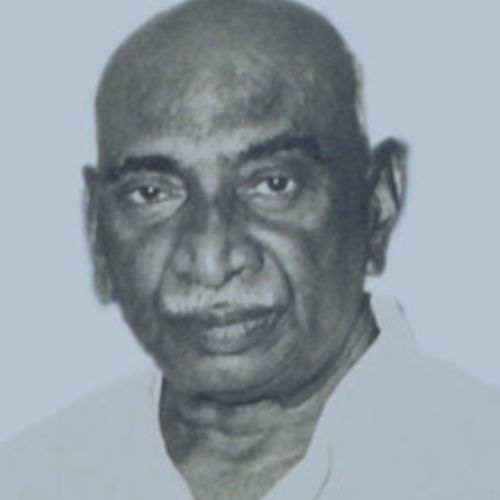Early Life:
Kumaraswamy Kamaraj was born on 15th July, 1903 in Virudhunagar in Tamil Nadu into a Nadar caste family. He attended Kshatriya Vidhyasala High School in Virudhnagar until 5th standard. Both the Indian National Congress and Mahatma Gandhi were major influences in Kamaraj’s life from a young age.
Role in India’s Independence Movement:
Kamaraj was a vocal activist against the British Raj, who was inspired to join the freedom struggle by the Jallianwala Bagh massacre. His participation in the Salt Satyagraha resulted in the first of several imprisonments. He also participated in the Nagpur flag Satyagraha, and led the Sword Satyagraha and the Neil Statue Satyagraha. In 1942, he was jailed for three years for his involvement in the Quit India Movement.
Contribution to Constitution Making:
Kamaraj was elected to the Constituent Assembly from the Madras constituency on a Congress Party ticket. He did not actively participate in the debates.
Later Contributions:
Kamaraj became the Chief Minister of Madras province in 1954, a post which he held for three terms until 1963. Among his achievements was the improvement in literacy rates, the mid-day meal scheme, and efforts to address caste discrimination, and the provision of irrigation and electricity facilities to villages.
He was the architect of the 1963 Kamaraj Plan, which set out a blueprint to rebuild the Congress party in the aftermath of the Indo-China war. Subsequently, he was appointed president of the party.
Kamaraj is credited with giving two Prime Ministers to India after he twice refused to take the position himself. He left the Congress due to its split in 1969, but merged his Congress (O) party with the INC in 1975.
Kamaraj passed away on 2nd October 1975. He was awarded with the Bharat Ratna posthumously in 1976.

